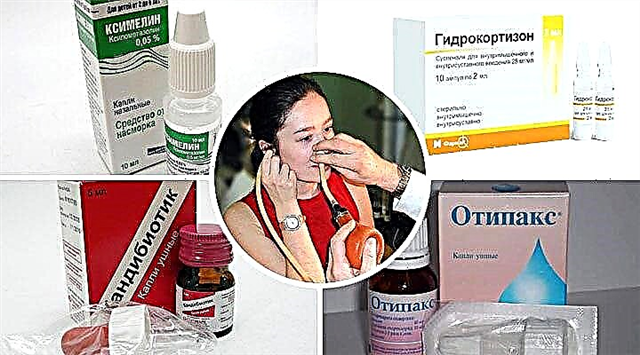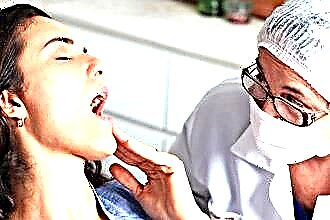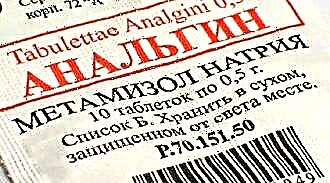Influence of VSD on exercise tolerance
Going in for sports with VSD is permissible in almost all cases, but with some restrictions. The load should be selected in consultation with the attending physician and depending on the state of health.
With a mild course with the preservation of the ability to work, good tolerance of physical activity, minimal pain syndrome present, it is allowed to engage in almost all kinds of sports. The diagnosis of "vegetative-vascular dystonia" does not limit activity in any way.
Permitted types of loads:
- run;
- fitness;
- yoga;
- Pilates;
- a ride on the bicycle;
- step aerobics using a low platform;
- swimming;
- skating;
- fitball.
The average severity of pathology with some decrease in working capacity and periodic vegetative crises does not cancel sports activities. You should monitor the heart rate and, if they increase, stop training and rest.
A severe degree with severe respiratory distress, frequent vegetative-vascular crises, pressure drops implies refusal to exercise in the gym. For such patients, the doctor must choose a complex of exercise therapy.
Approximate set of exercises:
- describe circles with hands in different directions;
- put the palms together in the lock position and press them against each other for fifteen seconds;
- head tilts in different directions for five to six approaches;
- circular movements with the shoulders, slightly turning the torso to the right and left;
- hands on the belt, fix the leg bent at the knee for 4-5 seconds, do seven approaches for each limb.
If the load has caused darkening in the eyes, increased heartbeat, chest pain, dizziness, severe weakness, classes should be stopped immediately, drink water and a sedative. Further tactics of action should be discussed with your doctor.
How to plan a training regimen for a patient with VSD?
Classes begin with stretching, smooth movements, controlling breathing and heart rate. At first, the exercises are performed for 7-12 minutes. In training, you should avoid positions with legs raised up. It is important to combine aerobic and anaerobic activity to engage all muscle groups.
Exhaustion should not be allowed, only a feeling of slight fatigue is possible.... You can not practice in a stuffy room, if you feel unwell, it is recommended to temporarily stop training.
Breathing requirements for sports:
- smooth inhalation through the nose and exhalation through the mouth;
- breathe through the diaphragm;
- the breathing rhythm should correspond to the movements being performed.
Restrictions in sports activities for patients with dystonia: when and how to enter?
Vegeto-vascular dystonia and sports are incompatible professionally. Patients with any type of VSD should abandon the super-intense type of exercise, since extensive symptoms limit the endurance and performance of the athlete.
You should not participate in professional team sports, especially playing "for results at any cost." This can provoke a crisis.
Weightlifting or powerlifting is prohibited for dystonic patients. Any wrestling, boxing, sparring in martial arts is prohibited. These sports involve sharp attacks without respite, which leads to an increase in blood pressure, shortness of breath, and dizziness.
The following types of load are contraindicated:
- barbell bench press;
- parachuting;
- acrobatics.
Conclusions
Patients with VSD are advised to spend more time outdoors, strengthen muscles by walking and running, and improve nutrition. It is necessary to rationally build a regime of work and rest, eliminate stress.
Sport with VSD helps to reduce the active symptoms of the disease, to reduce its severity.



